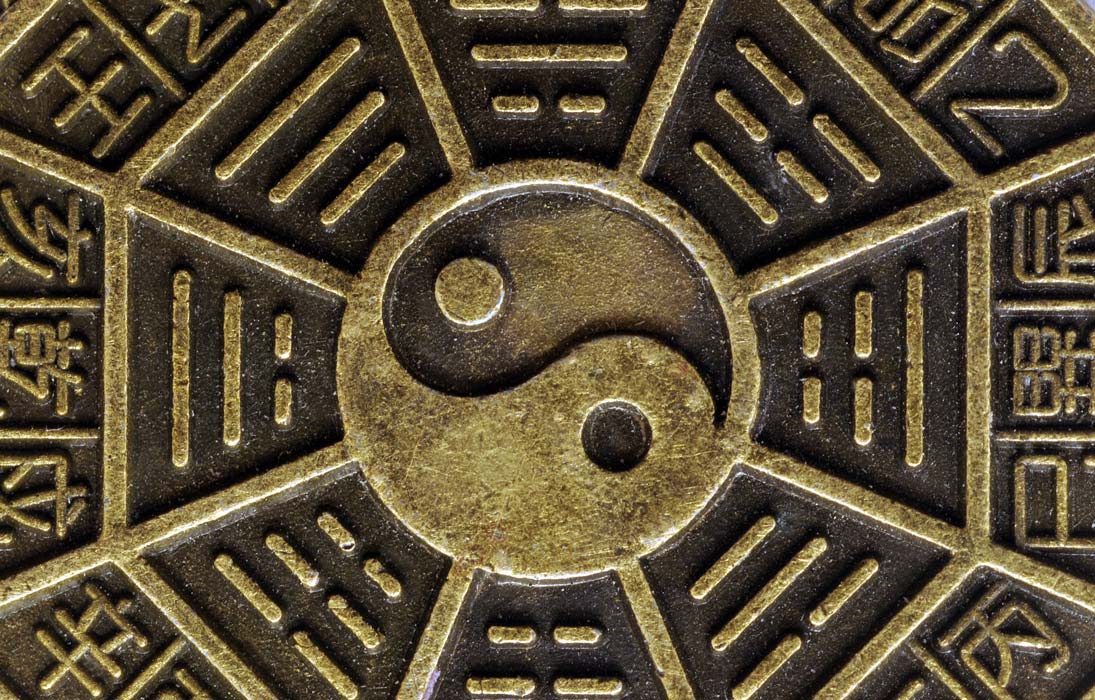

In recent times, TCM has become popular as a complementary and alternative medicine across the world. TCM is composed of Yin-Yang, Zang Fu,Wu Xing, etc. We specialize in fundamental theories of many branches of medicine to bring to our clients the most effective treatment possible.The concept of Yin and Yang is probably the most important and distinctive theory of Chinese medicine, it is a philosophy which has originated from the Chineseancients, and formed the basis of traditional Chinese medicine. The opposite is also true, a change in function (like hyperglycemia) will alter shape (vascular damage).Īt Santa Cruz CORE, we offer a wide range of treatment modalities to help individuals achieve wellness. In blood vessels, for example, a change in shape (like a plage) will alter its function (ability to deliver blood). This shape and function relationship is visible everywhere in the body. A change to an organ’s shape (yin) will affect its function(yang), and a change in function (yang) will affect its shape (yin). In other words, the relation between shape and function. While Yang is closely related to physiology- the organ’s function.
#CHINESE YIN AND YANG THEORY HOW TO#
These are helpful in understanding the cause of disease, its progression, and how to treat it.įor example, yin in closely related to anatomy- the organ itself. Yin-yang components apply all throughout the human body. It provides a platform for a holistic approach to the treatment of disease. This multi-level application of the yin-yang theory to the body helps to analyze function and disease at various levels. In other words, the parasympathetic nervous system represents the yin of the yin and sympathetic the yang of the yin. The autonomic nervous system divides into parasympathetic (rest-and-digest) and sympathetic (fight-or-flight) systems, which also represents yin and yang respectively. For example, the peripheral nervous system divides into the autonomic (involuntary) and somatic (voluntary) components, which represent yin and yang respectively. The yin and yang of a concept divides into more yin and yang components. There needs to be day for there to be night and so forth. There needs to be an outside for there to be an inside. The concept of yin and yang applies to all things in the universe. This relationship is observed in the day and night cycles, day turns into night and night turns into day. Yin can transform into yang, and yang can transform into yin. For example- morning, noon, and evening are all used to describe a different time (stage) of the day (yang). This describes the different stages of yin and yang as they transition and interact. Opposing forces are connected, one can be used to influence the other and vice-versa. Yin-yang forces work in opposition to each other and can thereby work to create balance. By understanding these characteristics of the yin-yang one can truly understand the interconnectedness of different part of the body. These include opposition, interdependence, relative waxing and wanding, and transformation. The relationship between yin and yang is governed by unique characteristics. These concepts cannot stand alone, we need to know hot to understand cold and so on. One can find many ways to describe these opposing forces like night and day, or cold and hot. Yin represents the passive and yang represents the active. The yin-yang theory states that all things in the universe are governed by opposing, yet interdependent forces. It also provides guidance and methodology for the treatment of such imbalances and of disease. Yin-yang theory provides a basis for analyzing and understanding the human body including its internal function and its relationship to the outside world.įrom a medical perspective, the yin-yang theory helps explain imbalances in the body and how these can lead to dysfunction. It originates in the Taoist philosophy of ancient China. The yin-yang theory is one of the fundamental theories of Chinese Medicine.


 0 kommentar(er)
0 kommentar(er)
